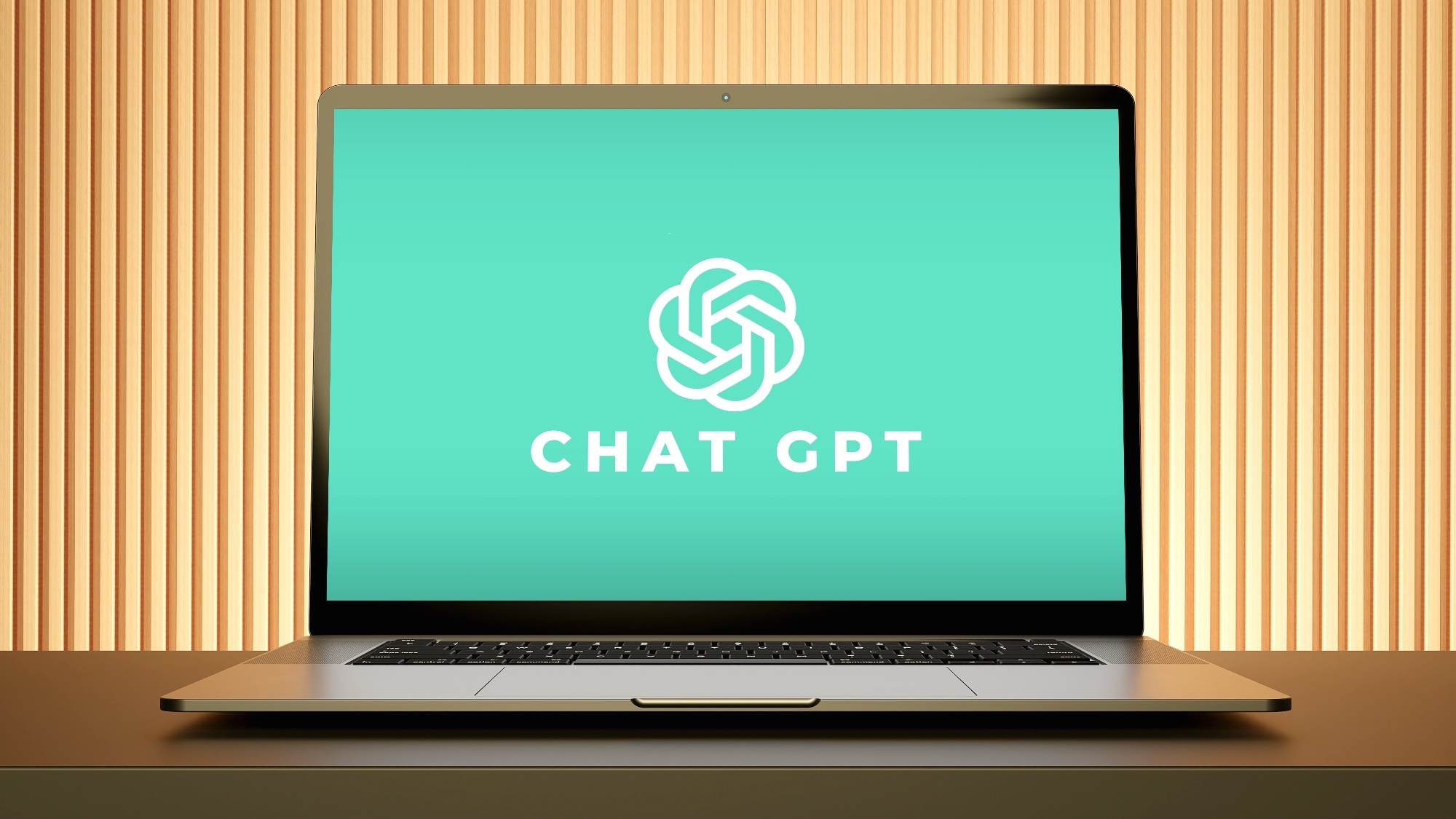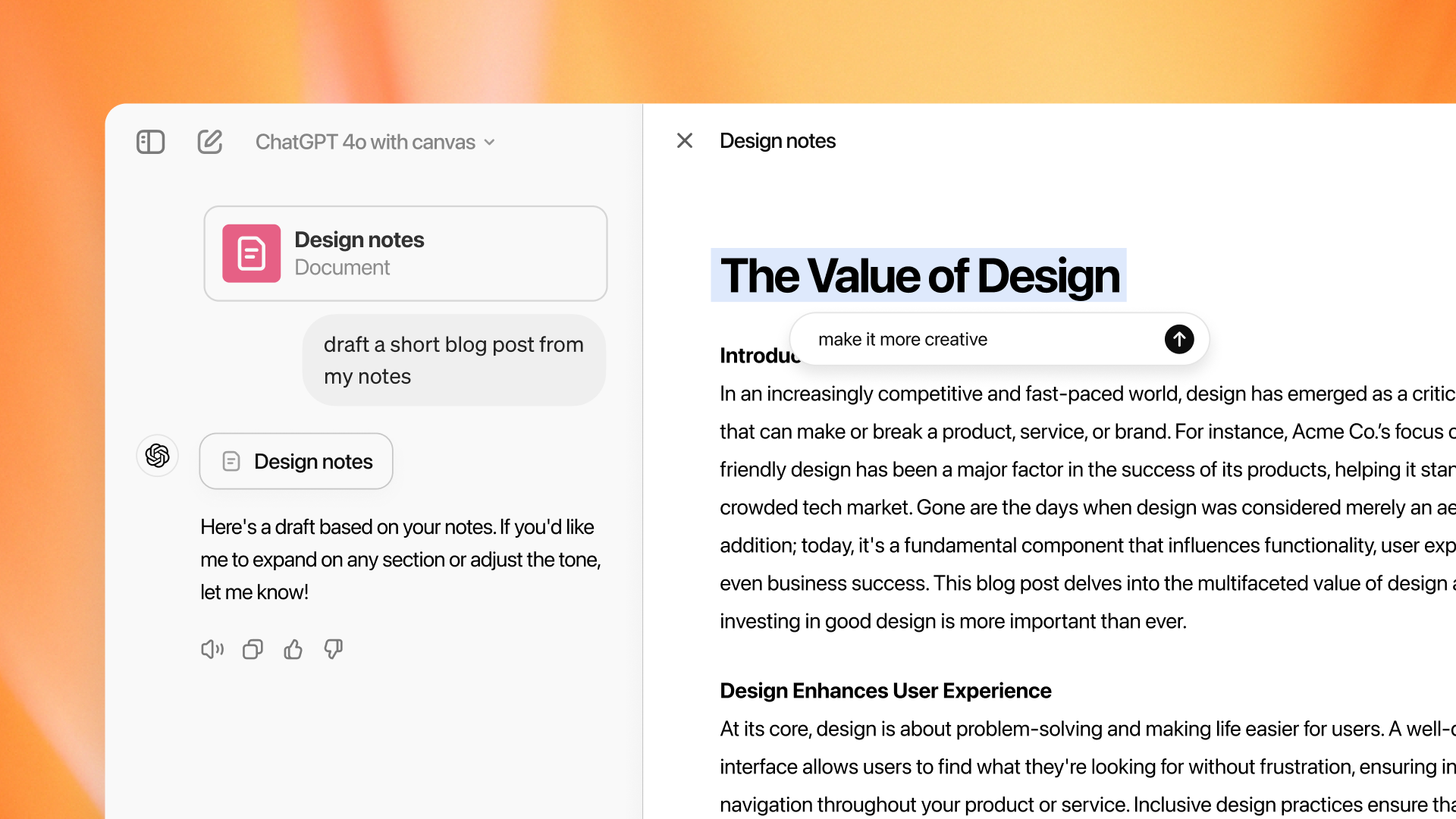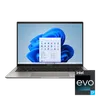OpenAI launches ChatGPT Canvas — and Google Docs should be nervous
Writing with AI just got easier

OpenAI just launched Canvas, a new way for users to interact with ChatGPT. This is the first major design change since the app launched as an experiment in November 2022.
ChatGPT Canvas is more than just a new user interface; it is an AI-first text and code editor that lets you adapt any single element or the whole project with the help of AI.
As OpenAI explains in a blog post, Canvas will be available through a new option in the model dropdown menu, labeled "ChatGPT 4o with Canvas". When selected, it opens in a separate window, allowing you and ChatGPT to collaborate on a project. During a demo, I saw it take live data from an AI web search and adapt pieces of text from across a long article to reflect the new data — all from a single prompt.
OpenAI has also trained ChatGPT to recognize when a chat prompt should trigger a new Canvas rather than simply responding in the normal chat window.
This is an early beta version that OpenAI says presents a “new way of working together” with ChatGPT by creating and refining ideas side by side. It will initially be available to Plus and Team subscribers from today, with Enterprise and Education users getting access next week.
How does ChatGPT Canvas work?

ChatGPT Canvas is a mixture of several popular AI products, including Anthropic’s Claude Artifacts, Cursor AI, and existing platforms like Google Docs — but with an OpenAI spin.
It is basically a way to work directly with the AI on a project and is a significant improvement when it comes to making small revisions or changing specific elements. Those tasks can get confusing or lose the flow when using the chat interface.
Get instant access to breaking news, the hottest reviews, great deals and helpful tips.
OpenAI says much the same thing, explaining in a statement that, “Although the chat interface is easy to use and works well for many tasks, it’s limited when you want to work on projects that require editing and revisions,” adding that, “Canvas offers a new interface for this kind of work.”
The model knows when to open a canvas, make targeted edits, and fully rewrite. It also understands broader context to provide precise feedback and suggestions.
OpenAI
“You can highlight specific sections to indicate exactly what you want ChatGPT to focus on. Like a copy editor or code reviewer, it can give in-line feedback and suggestions with the entire project in mind,” a spokesperson explained.
The biggest change is that, unlike in a Claude Artifact, you can directly edit any element within the Canvas. It becomes a text or code editor with some rich text such as bold and italic.
There will be a series of writing controls in a pop-out menu on the side. This includes a button to adjust the length of the text (offering a slider to change the scale) and one to adapt the reading level, for example from graduate to Kindergarten.
You can’t currently use Canvas for anything but writing and code, but for those use cases, it is incredibly powerful — making it easier to work on a longer-form document without having to continuously scroll up and down in a chat. The Canvas appears on the side of the chat.
As well as simply writing a prompt in the chat, once the content appears in the Canvas, you can highlight specific sections to indicate what you want ChatGPT to focus on. Like a copy editor or code reviewer, it can give inline feedback and suggestions with the entire project in mind.
OpenAI told me: “The model knows when to open a canvas, make targeted edits, and fully rewrite. It also understands broader context to provide precise feedback and suggestions.”
Canvas will automatically open if ChatGPT detects a scenario where it could be helpful to solve your problem but you can also open a blank canvas through the menu or tell ChatGPT to 'use canvas' when in an existing project.
Training ChatGPT as a collaborator

Getting ChatGPT to work more as a collaborator than an adviser was no easy task. OpenAI’s researchers had to develop a range of new ‘core behaviors,’ including triggering the canvas when necessary, creating a range of content types, and making targeted edits.
For now, what ChatGPT Canvas presents is a paradigm shift in how we collaborate with artificial intelligence. A way to work on a project with AI as a partner rather than having it do all the work and then editing it later.
One other feature the model had to be trained on was in making critiques rather than just going in and making the changes. This works through ‘comment-like’ boxes next to the code element; similar to Google Docs comments, it even highlights the related line of text or code.
“A key challenge was defining when to trigger a canvas. We taught the model to open a canvas for prompts like ‘Write a blog post about the history of coffee beans’ while avoiding over-triggering for general Q&A tasks like ‘Help me cook a new recipe for dinner.’,” the company explained in a blog post.
OpenAI says this is just an initial beta release and that there are plans for rapid upgrades over the coming months. While they didn't go into detail, I suspect this will include the addition of DALL-E images, more editing features and potentially the ability to load multiple Canvas elements in a single chat threat.
For now, what ChatGPT Canvas presents is a paradigm shift in how we collaborate with artificial intelligence. A way to work on a project with AI as a partner rather than having it do all the work and then editing it later.
More from Tom's Guide
- Android 16 could launch sooner than expected — here’s what we know
- Google Pixel 9a renders just leaked — no more camera bar
- Samsung Galaxy S25 Ultra dummy units reveal design change — what you need to know

Ryan Morrison, a stalwart in the realm of tech journalism, possesses a sterling track record that spans over two decades, though he'd much rather let his insightful articles on AI and technology speak for him than engage in this self-aggrandising exercise. As the former AI Editor for Tom's Guide, Ryan wields his vast industry experience with a mix of scepticism and enthusiasm, unpacking the complexities of AI in a way that could almost make you forget about the impending robot takeover.
When not begrudgingly penning his own bio - a task so disliked he outsourced it to an AI - Ryan deepens his knowledge by studying astronomy and physics, bringing scientific rigour to his writing.









